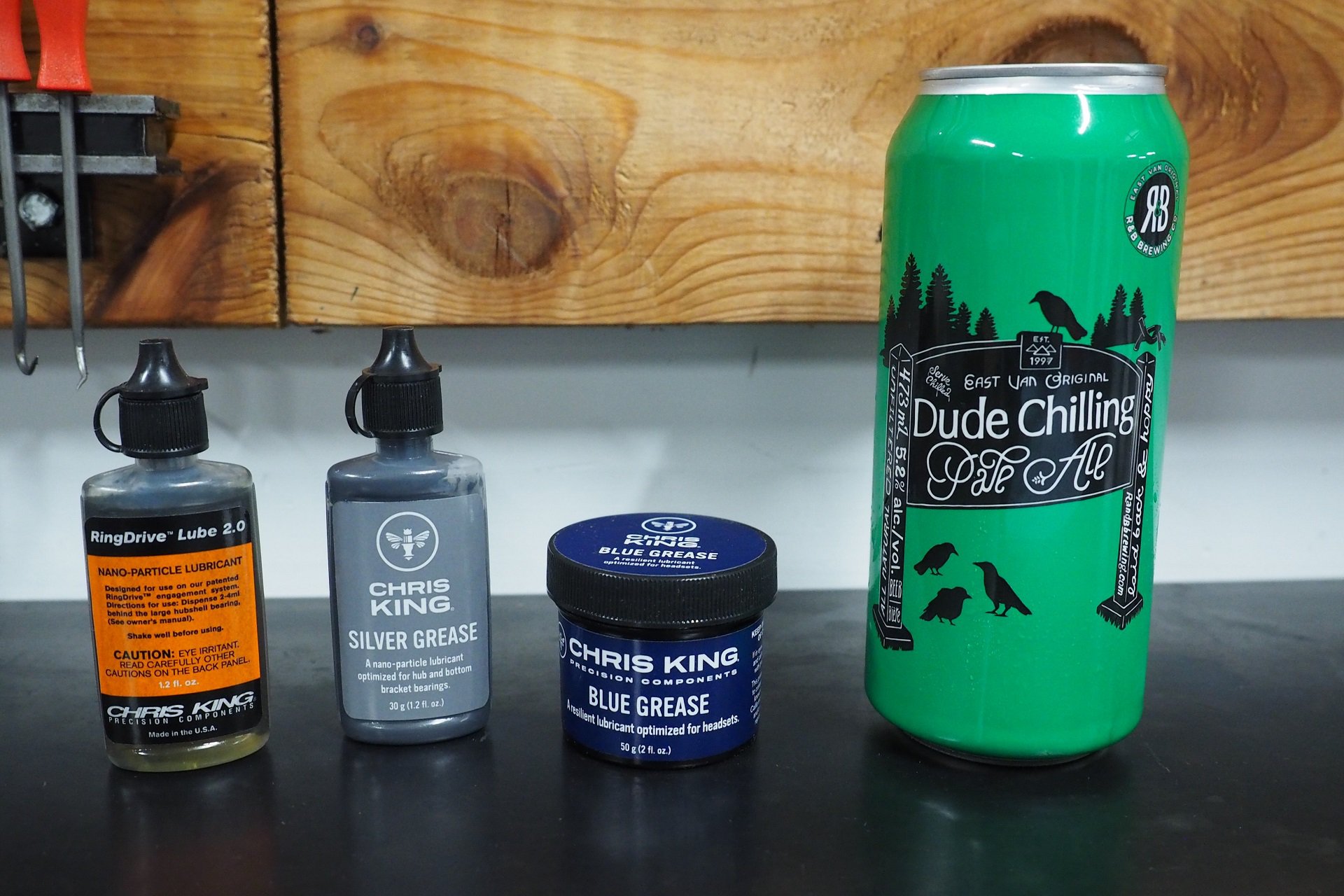Wow, this thread is all over the place! Some good advice. Some great suggestions. And some ill-advised.
Back in the day, Phil Wood sold its "freewheel grease injection" tool so you could simply PACK a freewheel full of grease after flushing out the old lube & grit. It was really cool, your freewheel ran SILENT!
But then freewheels started showing a propensity for blowing up. The pawls cannot properly seat when packed with grease. Under high loads or sudden immediate engagement on a steep climb and "BAM!" Shimano wouldn't warranty any freewheel that was greased. Let that freewheel and grease pick up some grit & grime and you're really set up for problems. Shimano specifically advised against using the Phil Wood tool. Light oil is what most pawl freewheels and freehubs require. Anyone using grease needs to understand that they may be reducing the freehub's life and durability. When a pawl isn't fully engaged, it may slip. Slipping causes chipped teeth & engagement ramps and damaged pawl seats as well.
Since pawl springs are as variable as tire choice, it's best to simply follow the manufacturer's recommendation on what lube to use with your pawls, springs and engagement ring. Using grease of high viscosity when light oil is called for is simply playing with fire.
DT specifies their grease for their star ratchets. Given their history of sudden failure, and some QA/QC problems with surface hardening/heat treating,* I think it's worth the extra cost of one of their little containers of pink grease. Should last the average consumer 5-10 years.
King specifies their RingDrive lubrication for their hubs' killer ratcheting system. $600 rear hub alone and you're gonna "pick what you think is best?" Not the brightest idea if you ask me.
But in general, if you cannot determine the ideal lubrication for a freehub's engagement system, light oil is almost always the best bet. Yes, it will be louder than if greased. So try something else if you want more silent freewheeling. Feel free to experiment! Have fun! But don't you DARE mention the word "warranty" if things go south. No complaining on the internet about "XYZ's shitty hub blew up while I was 20 miles from the trailhead!" if you're gonna stray from what the manufacturer suggests.
*
https://www.sciencedirect.com/science/article/abs/pii/S135063071300109X?via=ihub





